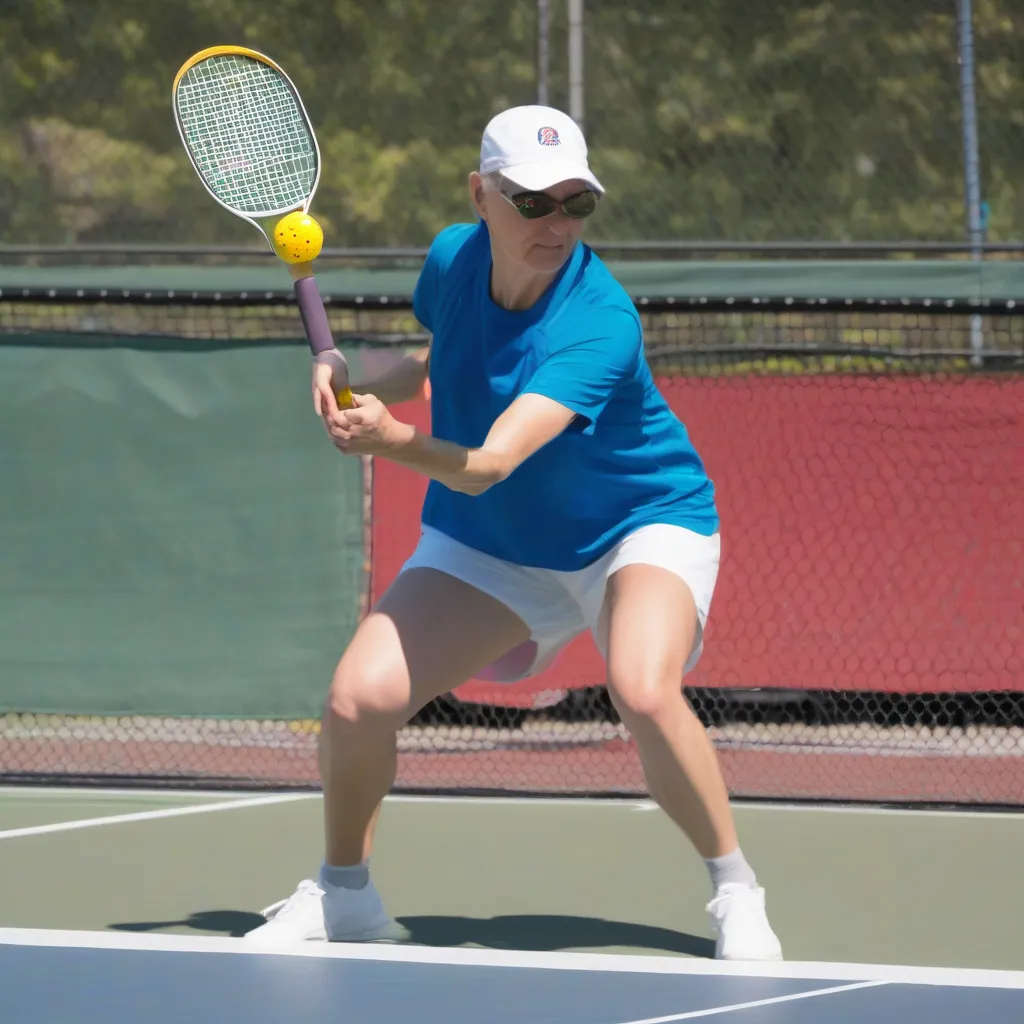Table of Contents
Pickleball Doubles Rules: Introduction to the Game
Pickleball doubles is a dynamic and strategic game enjoyed by players of all skill levels. Understanding the pickleball doubles rules is essential for fair play and maximizing your enjoyment on the court. This guide covers the key pickleball doubles rules, providing clear explanations to help you master the game.
Why Knowing the Pickleball Doubles Rules is Important
Understanding the pickleball doubles rules is crucial for several reasons:
- Fair Play: Knowing the pickleball doubles rules ensures fair and consistent play for all participants.
- Strategy: A good grasp of the pickleball doubles rules helps you develop effective strategies and improve your game.
- Enjoyment: Clear understanding of the pickleball doubles rules enhances the enjoyment of the game for everyone involved.
- Safety: Following the pickleball doubles rules helps maintain a safe playing environment.
Key Pickleball Doubles Rules
1. The Serve
The serve is a critical element in pickleball. In doubles, the serve must be made underhand, with the paddle contacting the ball below the waist. The server must keep both feet behind the baseline and hit the ball diagonally into the opponent’s service court. The serve must clear the non-volley zone (NVZ) and land in the correct service court. If the ball hits the net and lands in the correct service court, it is a let, and the serve is replayed.
 Pickleball Doubles Serve
Pickleball Doubles Serve